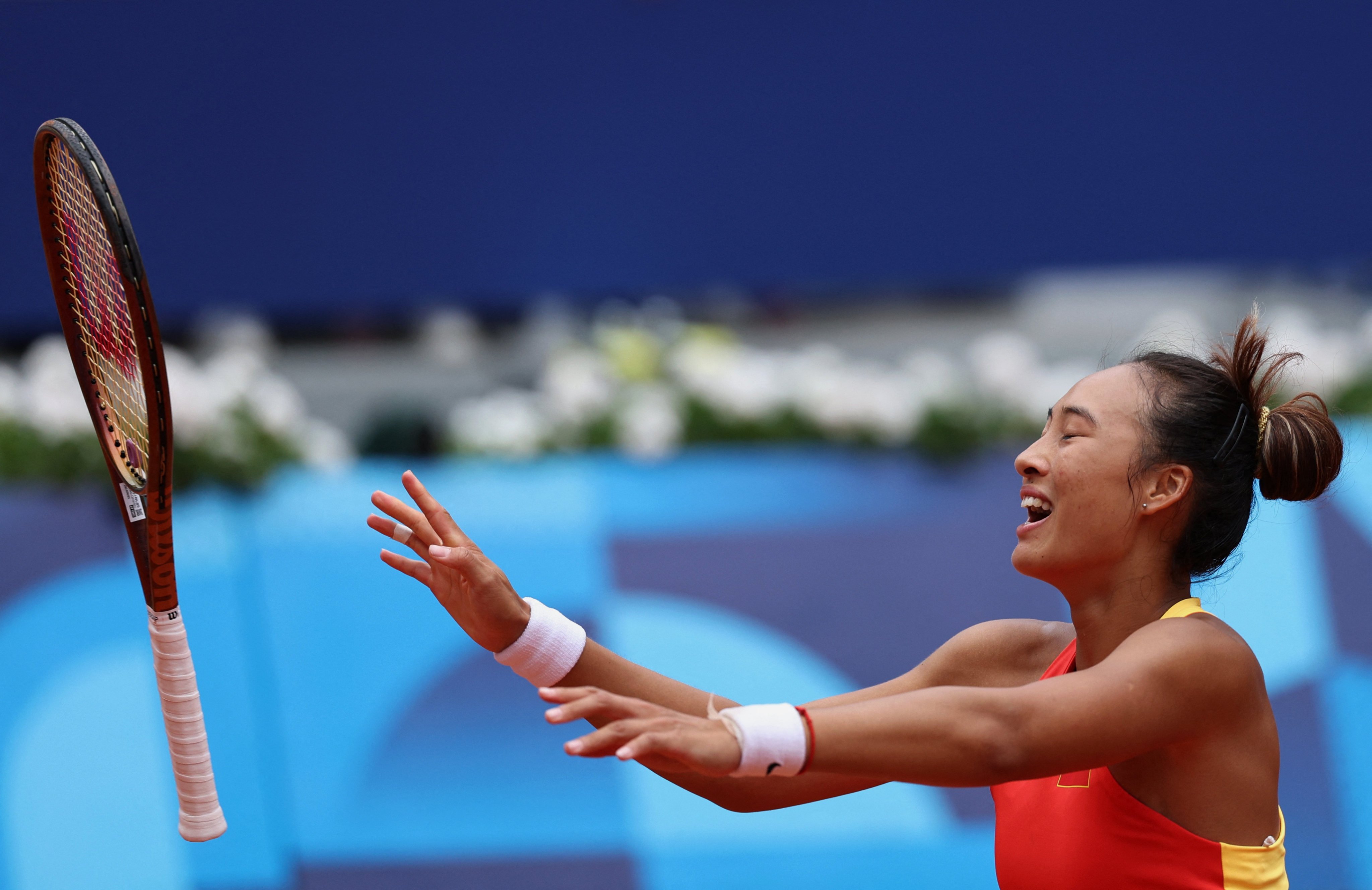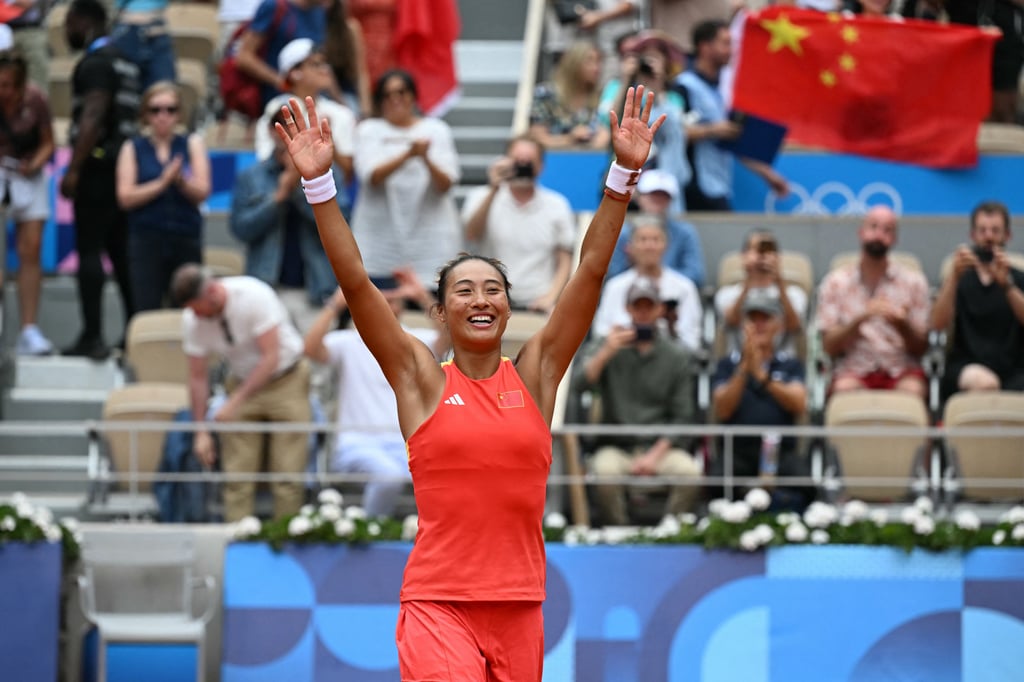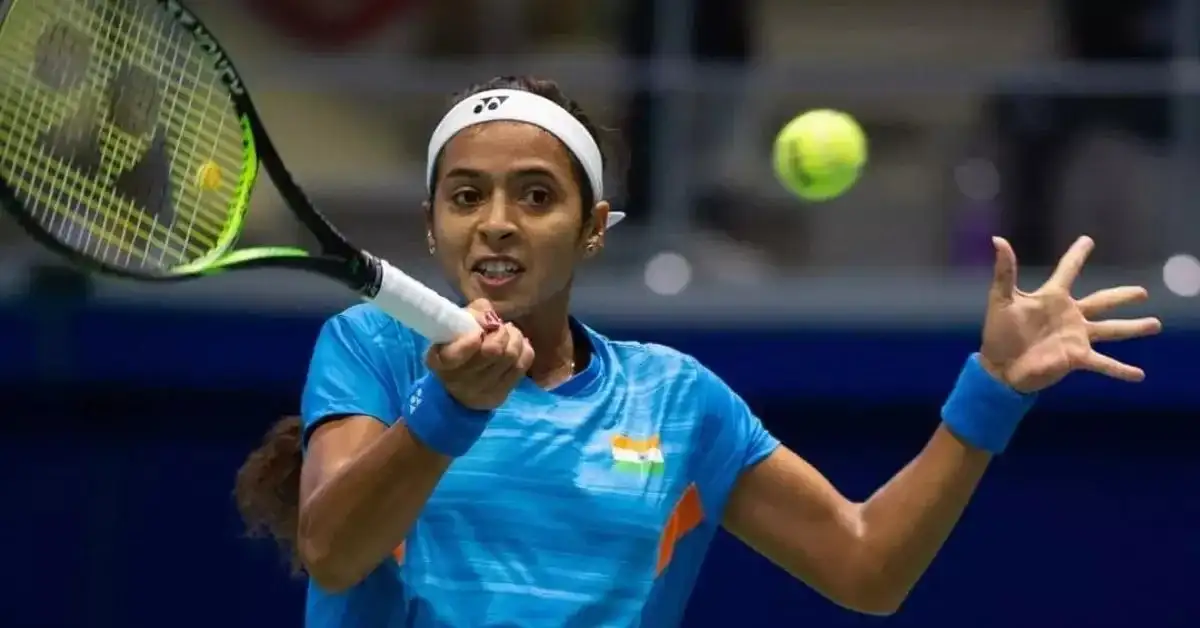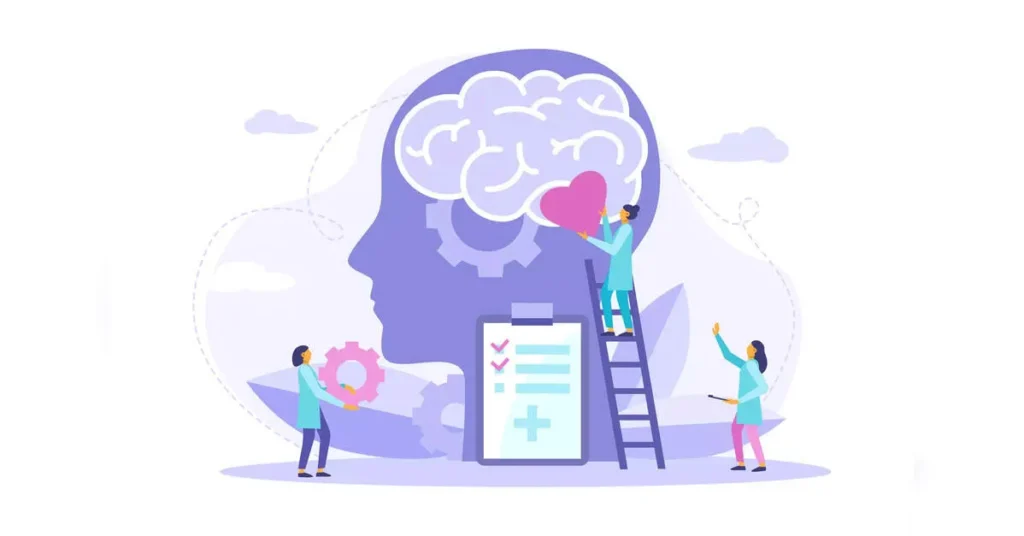The Chandipura virus, which has recently resurfaced in Gujarat, has claimed the lives of 28 individuals since July 2024, primarily affecting children between the ages of 9 months and 14 years. The state health minister, Rushikesh Patel, confirmed this alarming toll, emphasizing the seriousness of the outbreak, particularly in rural areas where the virus is more prevalent due to environmental conditions conducive to its vector, the sandfly.
Overview of the Chandipura Virus
First identified in 1965 in Maharashtra, the Chandipura virus is an RNA virus from the Rhabdoviridae family, which includes the notorious rabies virus. The transmission of this virus primarily occurs through bites from infected sandflies, particularly the Phlebotomus species. The virus has been linked to severe outbreaks of acute encephalitis in India, with symptoms that can escalate rapidly.

Symptoms and Progression
Symptoms of the Chandipura virus include:
Fever: A sudden onset of high fever.
Severe Headache: Often debilitating.
Gastrointestinal Disturbances: Frequent vomiting and diarrhea.
Neurological Symptoms: Convulsions, altered mental status, and in severe cases, coma.
The rapid progression of these symptoms, especially in young children, makes early diagnosis and supportive care critical. Unfortunately, there is no specific antiviral treatment available, which heightens the urgency for preventive measures.
Epidemiological Context

Since the onset of the outbreak, the number of suspected cases has surged, prompting health officials to ramp up testing and public health interventions. As of mid-October 2024, authorities have reported a significant number of suspected cases linked to the virus, highlighting the need for immediate public health responses.
Preventive Measures and Response
To combat the spread of the virus, health officials are focusing on:
Vector Control: Reducing sandfly populations through environmental management and insecticide spraying.

Public Education: Raising awareness about protective measures, such as using insect repellents and wearing protective clothing.
Hospital Preparedness: Ensuring hospitals are equipped to handle severe cases and manage symptoms effectively.
Health officials stress the importance of community engagement in prevention efforts, particularly in rural areas where awareness about the virus may be limited.
Conclusion

The Chandipura virus outbreak in Gujarat serves as a critical reminder of the vulnerabilities faced by populations in regions where vector-borne diseases are prevalent. With ongoing health education, community involvement, and robust public health strategies, authorities aim to control the outbreak and prevent future occurrences.
For further detailed updates, you can refer to sources Chandipura-virus-outbreak-gujarat-symptoms-causes-prevention-treatment-the-deadly-infection-2567916-2024-07-17) and Hindustan Times.
Tennis has long been regarded as a sport that crosses borders, with athletes from diverse cultural backgrounds achieving success. The Olympics amplify this global aspect, with competitors from all over the world coming together to represent their countries. The rise of stars from emerging tennis nations has brought even more diversity and excitement to the competition.

This inclusivity and international representation in the sport are among the reasons tennis continues to be a powerful platform for global unity. At the Paris 2024 Games, fans will witness athletes from all corners of the globe share the court, united by the Olympic spirit.
The Future of Tennis
The Paris 2024 Olympics will be another chapter in tennis’s storied history. The growing popularity of the sport, especially in new regions like Asia and Africa, will likely contribute to an increasingly diverse and competitive field of players in the coming years.
Additionally, with many of tennis's current stars nearing the twilight of their careers, the Paris Olympics may also be a passing-of-the-torch moment, where the next generation of players takes center stage. Young talents will have the opportunity to make their mark on history, possibly shaping the future of the sport for decades to come.

Conclusion
As the Paris 2024 Olympics approach, tennis fans worldwide can anticipate high-stakes matches filled with stellar play, intense rivalries, and unforgettable moments. With its combination of physical prowess, mental strength, and tactical brilliance, tennis remains one of the most captivating sports in the Olympic Games.
Whether it’s a battle between longtime rivals, a young rising star making their Olympic debut, or a veteran player chasing one last piece of glory, the tennis event in Paris will provide drama, excitement, and plenty of reasons to cheer. As players step onto the courts of Roland Garros in pursuit of Olympic gold, they will not only compete for themselves but for the honor and pride of their nations, making every point and every match a moment to remember.
Technology has had a profound impact on tennis, shaping the way players train, compete, and even how the game is officiated.
Hawk-Eye: This ball-tracking system is used to determine whether a ball is in or out. In the Olympics, like in other major tournaments, Hawk-Eye is a critical tool, reducing human error and ensuring accuracy in close calls.

Performance Analytics: Coaches and players rely on performance data to analyze opponents and improve their own game. Metrics such as serve speed, rally length, and shot placement help players fine-tune their strategies and identify patterns in their opponents' play.
Tennis as a Global Equalizer







